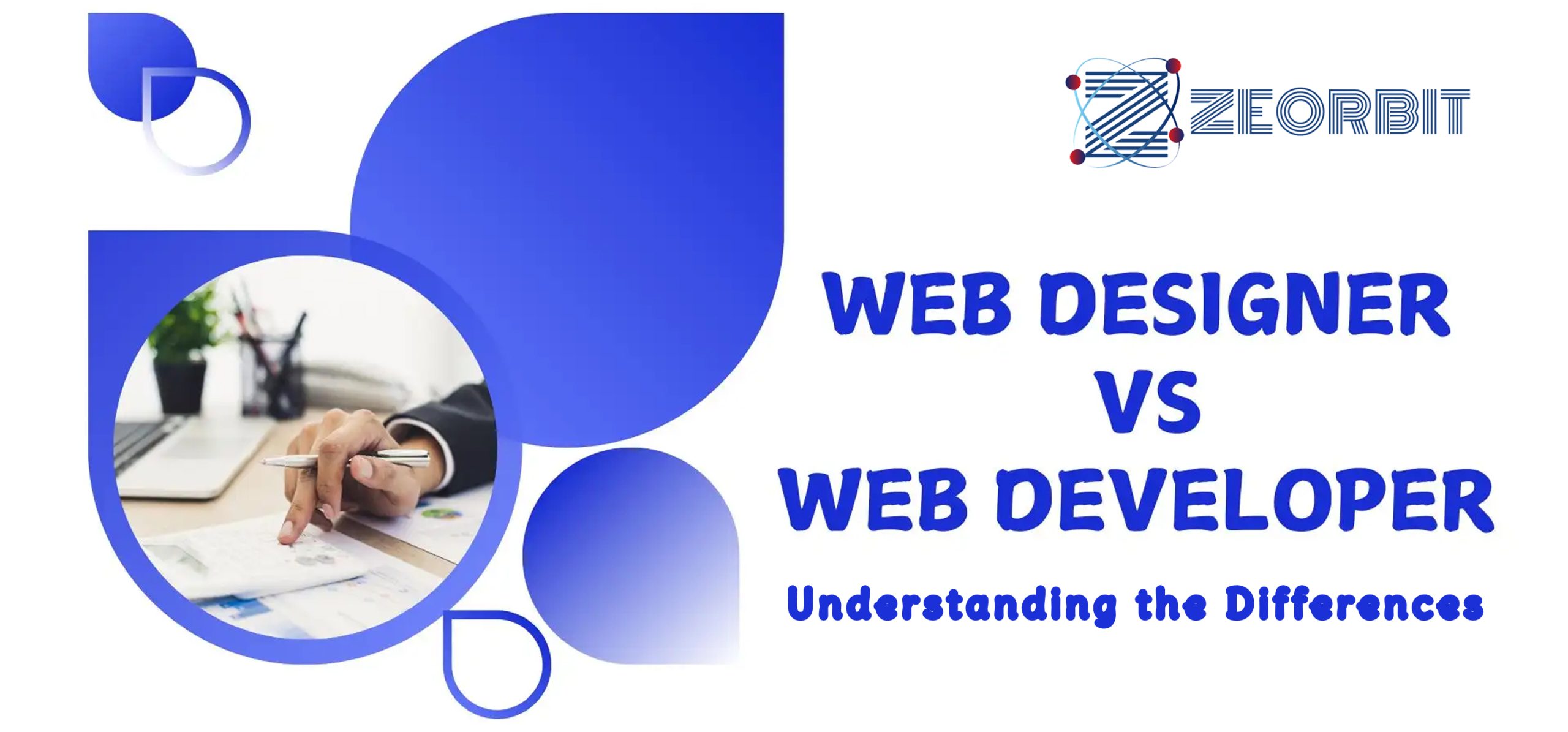Website Designer vs. Web Developer: Understanding the Differences
Website Designer vs. Web Developer: Understanding the Differences
Choosing the right professional for your website project is crucial. Often, the terms “web designer” and “web developer” are used interchangeably, but they represent distinct skill sets. This article clarifies the differences between these two roles, helping you understand who you need for your specific needs.
What Does a Website Designer Do?
A website designer is primarily concerned with the look and feel of your website. They focus on the user experience (UX) and user interface (UI) to create a visually appealing and easy-to-navigate website. Think of them as the architects of your website’s aesthetics.
- Key Responsibilities of a Website Designer:
- User Experience (UX) Design: Planning the overall user journey and ensuring the website is intuitive and user-friendly.
- User Interface (UI) Design: Creating the visual elements of the website, including buttons, icons, and overall layout.
- Visual Design: Choosing colors, typography, imagery, and other visual elements to create a cohesive and brand-consistent aesthetic.
- Wireframing and Prototyping: Creating basic mockups and interactive prototypes to test design concepts.
- Graphic Design: Creating or sourcing graphics, logos, and other visual assets.
- Responsiveness: Ensuring the website design adapts seamlessly to different screen sizes (desktop, tablet, mobile).
- Tools Commonly Used:
- Adobe Photoshop
- Adobe Illustrator
- Adobe XD
- Sketch
- Figma
What Does a Web Developer Do?
A web developer takes the designer’s vision and brings it to life through code. They are responsible for the technical aspects of building and maintaining a website, ensuring it functions correctly and efficiently. They are the builders, translating the designs into a working, interactive product.
- Key Responsibilities of a Web Developer:
- Front-End Development: Coding the user interface (what the user sees and interacts with) using HTML, CSS, and JavaScript.
- Back-End Development: Building the server-side logic, databases, and APIs that power the website’s functionality.
- Database Management: Designing, implementing, and maintaining databases to store website data.
- Server Management: Configuring and maintaining web servers to host the website.
- Testing and Debugging: Identifying and fixing bugs and errors in the website’s code.
- Website Maintenance: Updating and maintaining the website to ensure it remains secure and functional.
- Types of Web Developers:
- Front-End Developers: Focus on the client-side (what users see) using HTML, CSS, and JavaScript.
- Back-End Developers: Focus on the server-side (behind-the-scenes logic) using languages like Python, Java, PHP, and Node.js.
- Full-Stack Developers: Proficient in both front-end and back-end development.
- Tools Commonly Used:
- HTML
- CSS
- JavaScript
- PHP
- Python
- Java
- Node.js
- Databases (MySQL, PostgreSQL, MongoDB)
- Version Control (Git)
Key Differences Summarized
To quickly summarize the core distinctions:
- Focus:
- Web Designer: Aesthetics, User Experience (UX), and User Interface (UI).
- Web Developer: Functionality, Code, and Technical Implementation.
- Skills:
- Web Designer: Visual design, user interface design, wireframing, prototyping, graphic design.
- Web Developer: Programming, database management, server management, testing, debugging.
- Output:
- Web Designer: Design mockups, wireframes, prototypes, style guides.
- Web Developer: Functional website code, databases, server configurations.
Ultimately, both web designers and web developers are essential for creating a successful website. The best approach often involves collaboration between these two roles, ensuring that the website is both visually appealing and technically sound. When choosing a professional, carefully consider your project’s needs and the specific skills required to bring your vision to life.


